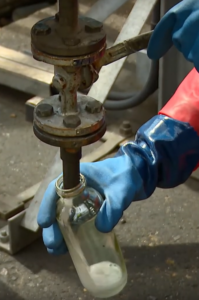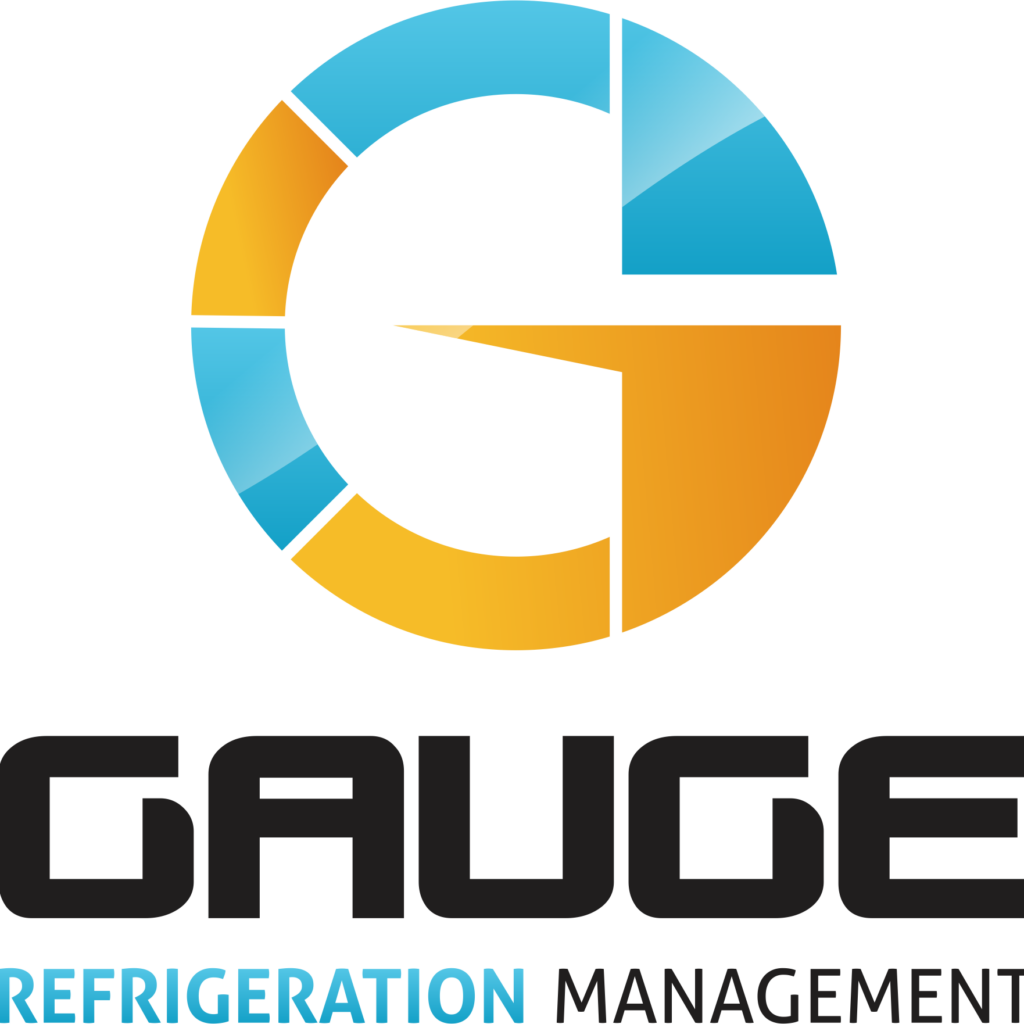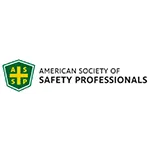SAFTENG Has
- Over 17,500 categorized unsafe acts/conditions and accident/injury photos
- Over 1,400 ppt's & doc's
- Over 3,900 technical articles on Process Safety & Occupational Safety & Health matters
- Over 400 videos
CLICK HERE to Renew your Membership
CLICK HERE for a NEW Membership
CLICK HERE to see eligibility requirements for FREE Membership
If you have any questions, please contact me
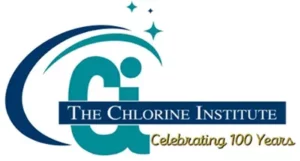
I am proud to announce that have extended our”Partners in Safety” agreement for another year (2025).
CI Members, send me an e-mail to request your FREE SAFTENG membership.





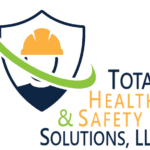





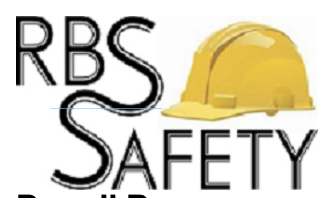


October 10, 2020
We have been using OSHA’s Hazard Categories from the Globally Harmonized System of Classification and Labelling of Chemicals (GHS) since 2012. I have written a lot about the flammable categories, but I tend to get a lot of questions about the Health Hazard Categories in my HAZCOM and HAZMAT training so I thought I would explain in real-world terms how toxic some chemicals are using...
Read More
October 6, 2020
Two of my major chemical incidents in my career occurred during “demo work” in a process that we were certain was gas-free/zero energy state. And of course, we were wrong! Highly toxic/flammable gases can travel long ways to places we never thought possible and do some serious damage to people and property when they get released. Here is an OSHA case where the workers...
Read More
October 6, 2020
Just because we intend to handle minimal quantities of the HHC/EHS, the task of “catching a sample” from a covered process can, in fact be one of the more hazardous tasks our operators perform. Remember, Risk = Frequency X Severity, so operators catch many samples over their shift means this task is a high-frequency task. And as the picture below shows us, we need to ENSURE...
Read More
October 6, 2020
Respondent is a Gourmet Pasta Company that uses anhydrous ammonia in two refrigeration “processes,” as defined by 40 C.F.R. § 68.3, in two separate systems of pipes and vessels at the Facility (the “Processes”). On October 12, 2016, Respondent conducted a Process Hazard Analysis (“PHA”) for the Facility. On March 30, 2017, Respondent filed an update of its RMP with EPA. Respondent’s RMP categorizes...
Read More
October 5, 2020
I am going to bet that if you’re reading this article that your facility has a flammable gas that gets transferred from one container to another. And I will also bet that these transfers are done under the safety blanket of “bonding and grounding” as we do for our flammable liquids. But did you know, most flammable GAS transfers do not call for bonding and grounding –...
Read More
October 3, 2020
Respondent is the owner and/or operator of a facility that uses chlorine in its chemical manufacturing process. EPA conducted an inspection of the Facility on November 29, 2017, to assess compliance with Section 112(r)(7) of the CAA (the “Inspection”) and the regulations at 40 C.F.R. Part 68. Respondent filed an RMP for the Facility with EPA on January 26, 2017, that, among other things,...
Read More
October 3, 2020
This Notice of Violation is being issued by the New York State Department of Environmental Conservation (Department) to SABIC Innovative Plastics US, LLC in response to the unauthorized release of styrene vapor on September 1, 2020 at the facility. According to information obtained by the Department in conducting its on-going investigation of this incident, on September 1, 2020, an estimated quantity...
Read More
September 30, 2020
Pursuant to the risk management program regulations, facilities must perform an offsite consequence analysis for the worst-case release scenario. Do the quantities of two separate vessels that are interconnected with a closed valve need to be aggregated for the worst-case release scenario analysis?
…
HomeRead More »
Read More
September 30, 2020
For the purpose of analyzing the worst-case release scenario required as part of the hazard assessment at 40 CFR Part 68, Subpart B, the worst-case release quantity is identified as the greatest amount held in a single vessel or pipe, taking into account administrative controls that limit the maximum quantity (40 CFR §68.25(b)). Are mechanical controls such as alarms considered administrative controls...
Read More
September 30, 2020
In section 2, element 2.5, of an RMP, facilities must report the quantity of toxic chemical that the facility used for the worst-case analysis. When reporting this data element in RMP*eSubmit for a mixture, should facilities report the entire weight of the toxic mixture potentially being released or only the amount of the regulated toxic substance in the mixture?
…
HomeRead More »
Read More
September 27, 2020
If we had a dime for each time we get pushback on the most fundamental aspect of Lockout/Tagout (LOTO), we could all retire! NEVER is an authorized employee allowed to work under someone else lock – PERIOD! When servicing and maintenance that requires LOTO is performed, then EACH authorized worker MUST HAVE EXCLUSIVE CONTROL of ALL the isolation device(s) protecting them.
If...
Read More
September 27, 2020
At 9:50 a.m. on June 5, 2018, Employee #1 was in an 8 foot by 8-foot pit that was approximately 10 feet deep, cleaning out built-up sediment using a brush and 5-gallon bucket. Employee #1 was being helped by Employee #2, who was dumping the waste outside of the building that the pit was in. Employee #1 finished cleaning out the sediment and brush, got Employee #3 to open up the water gate to allow...
Read More


